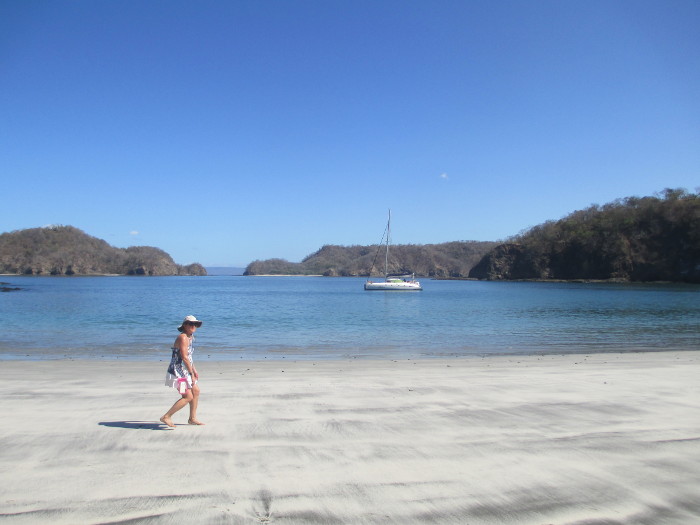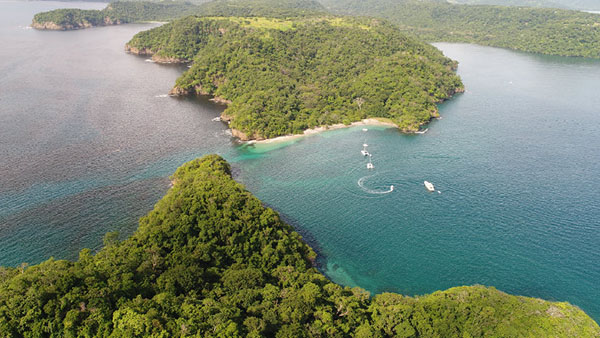The Papagayo Peninsula, in northern Guanacaste, is a small peninsula with one of the most interesting and dramatic geographies and topographies of the province.

It is located north of Playa Hermosa, and is part of the Papagayo-Bahía Culebra eco-region, since Papagayo is the outer part that protects and creates the Culebra Bay, an idyllic bay of calm waters located to the south.
It has a very interesting scenic beauty, given its changing topography of beaches, mangroves, wooded hills, islands and hidden coves.
At its western end, for example, are two of the most beautiful beaches of the peninsula, Virador and Blanca, which are separated from each other by only 120 meters.
The interesting thing is that both are influenced by totally opposite currents and winds, given their opposite location.

Playa Jicaro, Nacascolo and Manzanillo are three beaches of clear sands that are located in the southern part of the peninsula, and are ideal for swimming, snorkeling or stand up paddle.
There is a constant absence of waves, due to the protection that Culebra Bay enjoys precisely because of the peninsula.
Iguanita Beach Natural Reserve
Iguanita Beach, located at the northern end of the bay and at the eastern end of the peninsula is an important natural refuge, where there is an important mangrove swamp, as well as extensive tropical forests.
In this area, there are no tourist developments, since it enjoys an environmental conservation regime, which also contributes to the scenic beauty of the area, and the survival of species of flora and fauna, both terrestrial and marine.

Hidden beaches and coves
Towards the north side of the peninsula, there are a series of remote and inaccessible beaches, among them Playa Huevos and Playa Nacazcolito, two beaches of white sand, reefs and an absolutely natural environment.
The islands located at the west end of Papagayo, especially Playa Huevos, add even more to the scenic beauty.
Playa Cabuyal, at the north end and end of the Papagayo Peninsula, is a beautiful long, sandy beach, which again is different from those on the south side, as it is influenced by the currents and climate of the open Pacific and northern Guanacaste, or the buffer zones of the Santa Rosa National Park.

